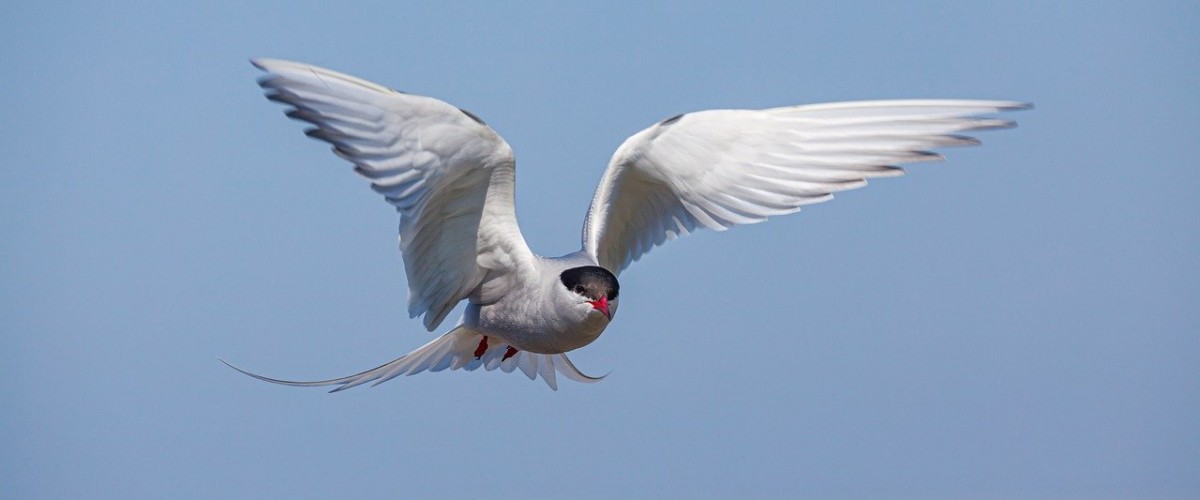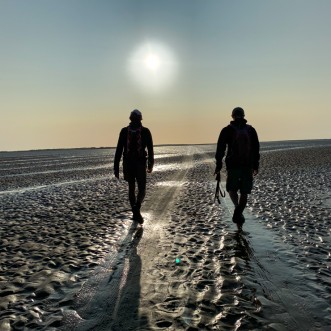The birds of Orkney are the reason many people visit and Papa Westray has more than its fair share, with up to 150 species that can be spotted here. The island does get its rarities, such as the pectoral sandpiper, red-necked phalarope, grey phalarope, Lapland buntings, white-rumped sandpiper and glossy ibis to name a few but it is the every day birds or more common migrants that makes Papa so special for birdwatching.
Spring brings breeding Sandwich and Arctic terns, great and Arctic skuas, guillemots, razorbills, puffins and kittiwakes. The RSPB North Hill reserve is a good spot to see the skuas, dunlin and golden plover, whilst the island’s fields are home to nesting lapwing, curlew, snipe, redshank and oystercatcher and quite often corncrakes. The aptly named Fowl Craig is the breeding place of four species of auk, and the Head of Moclette, at the south tip of the island, is the best place to see puffins.
The autumn migration brings birds from the Arctic and Scandinavia as they move south to warmer climes. Whooper swans can be seen on St Tredwell Loch during October. In mid-winter there are great northern divers, eiders and long-tailed duck on the beaches along with sanderling and snow buntings may even be spotted on North Hill.
Year round birds include twite, hooded crow, black guillemot, and plenty of waders.
For most bird watchers visiting Papa Westray, the RSPB North Hill is the main destination with its small hide and information. There are two nature trails around the reserve. The Fowl Craig nature trail, a 2.5km loop, takes you along a rough path to view the nesting seabirds at Fowl Craig. The Coastal trail, a spectacular circular 6km clifftop walk around the northern peninsula of Papa Westray. Trail guides are available from hide and various outlets on the island, including the shop.


